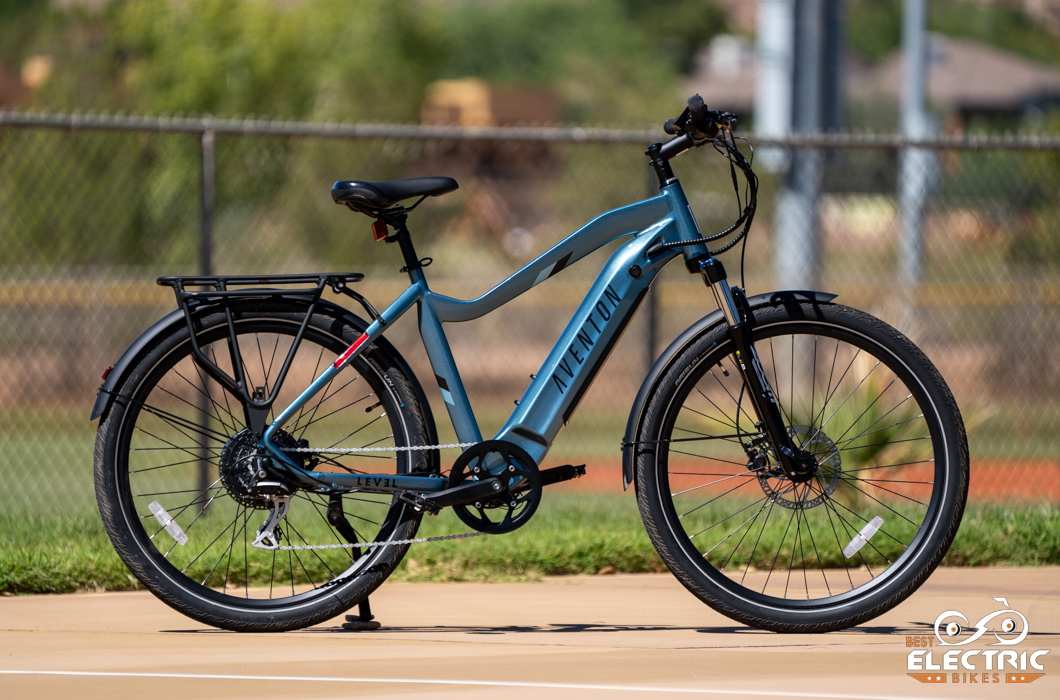
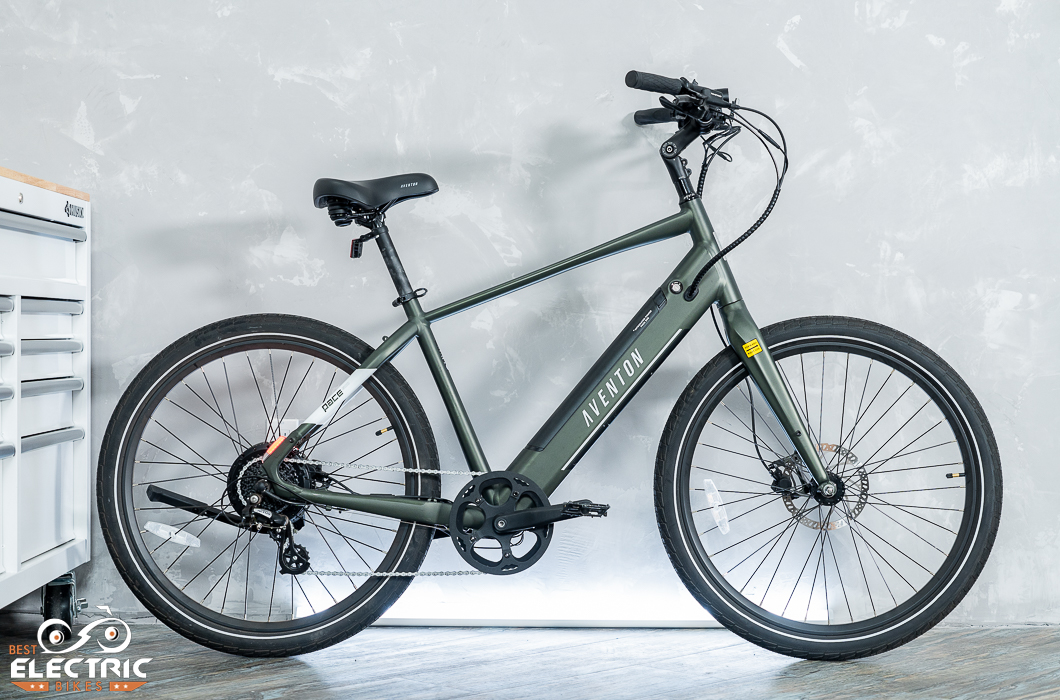
Intro
Sometimes, the toughest choices aren’t between brands, but within a brand. Take our comparison of the Aventon Level.2 vs. the Aventon Pace 500.3. Aventon has proven to be one of the most popular brands with our readers, but they make six different (not counting the different numbered editions) models and many of them overlap in their appeal.
Two of their most popular models Aventon makes, the Level.2 and the Pace 500.3 show remarkable similarities, but they are by no means the same e-bike. Both e-bikes are well-suited to leisure riding or commuting.
Let’s get their overlap out of the way. What they share are a number of desirable features. Both are spec’d with a 500W brushless, geared hub motor. Both enjoy an 8-speed Shimano drivetrain with a trigger shifter. Both get the hydraulic disc brake treatment, paired with 180mm rotors. Both sport a torque sensor to make these e-bikes as responsive to rider input as possible. They even roll on the same size tires (27.5 in. x 2.1 in.), though they aren’t the same exact tire.
So why compare too e-bikes that are so similar? Well, they aren’t the same and the distinctions between these two e-bikes give each a unique character.
The major differences between the two bikes come in battery size, type of fork and accessories package. The Level.2 is equipped with a 672Wh battery, while the Pace 500.3 comes with a 614Wh battery. The Level.2 smooths the ride more for riders thanks to a 65mm-travel suspension fork, while the Pace 500.3 steers with a crisp-handling aluminum fork. And finally the Level.2 ships with a complete commuter accessory package including rear rack, full fenders, front and rear lights and a kickstand. The Pace 500.3 only comes with the front and rear lights and the kickstand. That may sound like the Pace 500.3 buyer isn’t getting as much for their money, but the Pace 500.3 weighs 10 lbs. less than the Level.2. Such a difference can be felt in the saddle and it makes for a livelier ride. So the less in this case is more than many shoppers might think. Consider this: Aventon estimates both e-bikes will enjoy a range of 60 mi., despite the difference in battery capacity. And that makes sense when we consider that the 10-lb. weight difference between the Level.2 (bigger battery, but 62 lbs.) vs. the Pace 500.3 (smaller battery, but 52 lbs.).
There’s plenty more about both of these e-bikes to like. Let’s have a look.
Key specs of the Aventon Level.2 vs. Aventon Pace 500.3
| Aventon Level.2 | Aventon Pace 500.3 | |
| Class | 2, 3 if unlocked | 2, 3 if unlocked |
| Motor | 500W | 500W |
| Battery | 672Wh | 614Wh |
| Drivetrain | 8-speed Shimano | 8-speed Shimano |
| Brakes | Hydraulic disc brakes | Hydraulic disc brakes |
| Notable features | Torque sensor | Torque sensor |
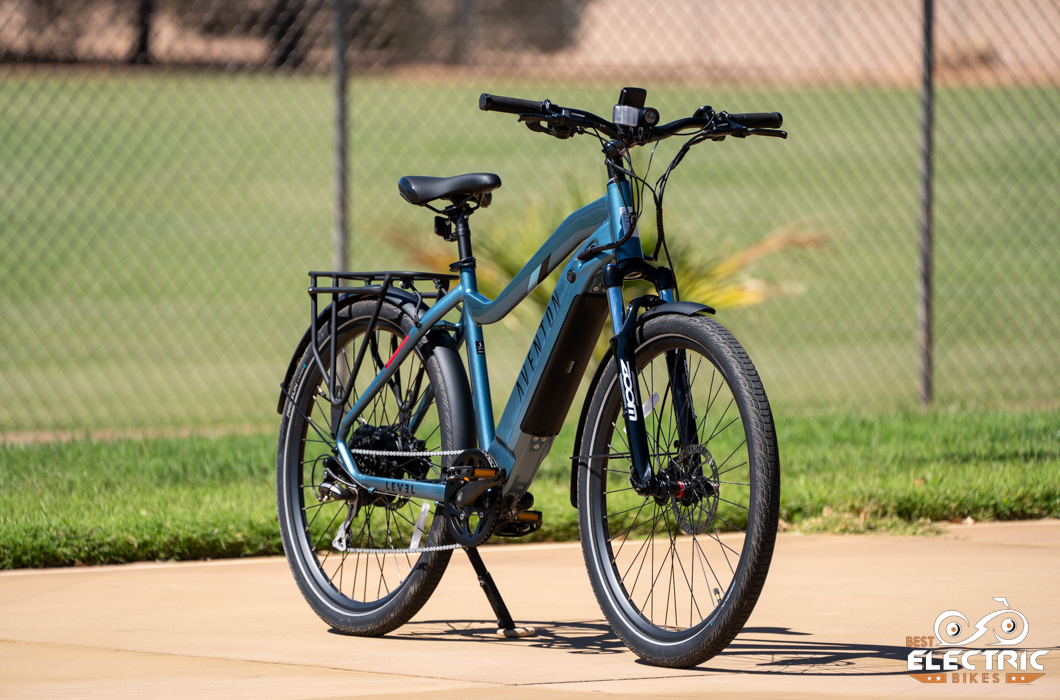
What we like about the Aventon Level.2:
- 500W hub motor has enough power to achieve Class 3 speeds
- Comes with a full package of commuter necessities
- Includes front suspension for a cushy ride
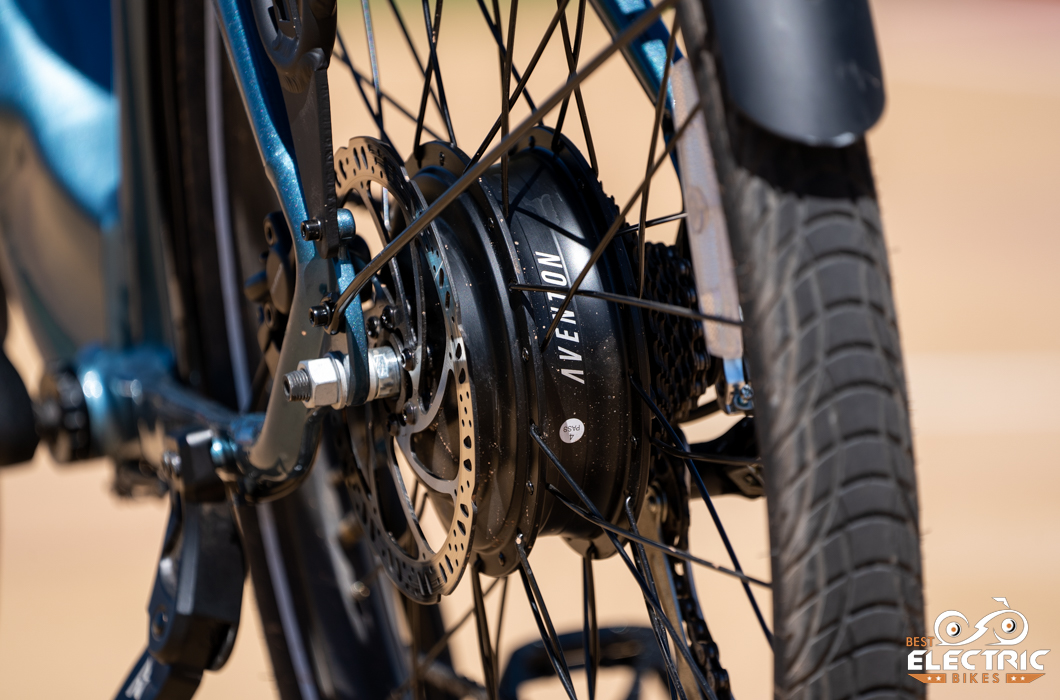
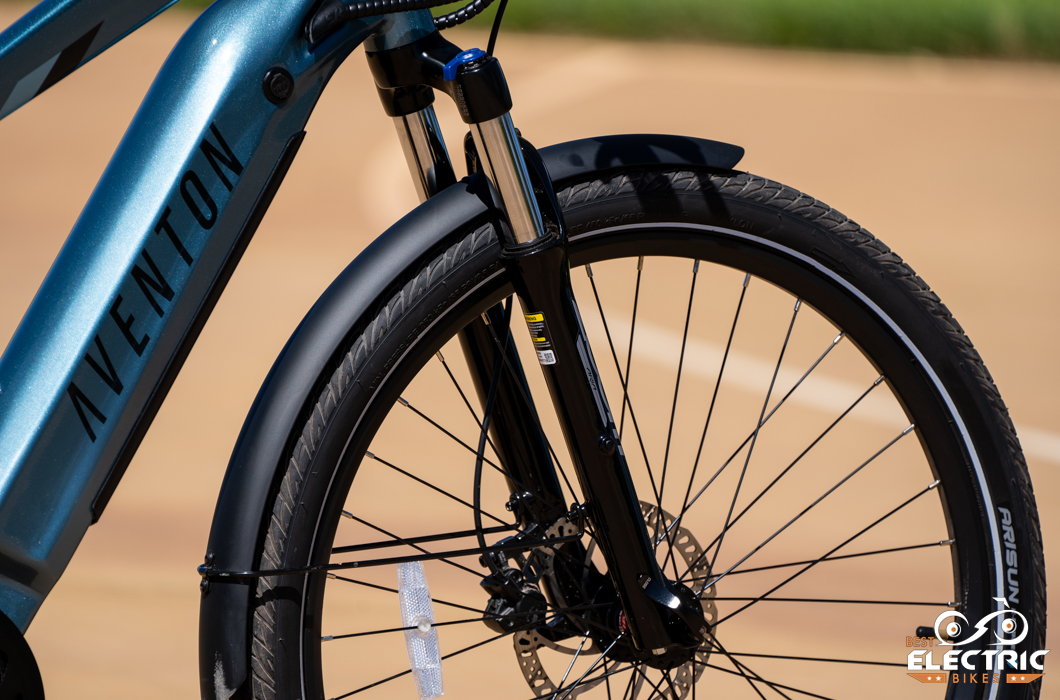
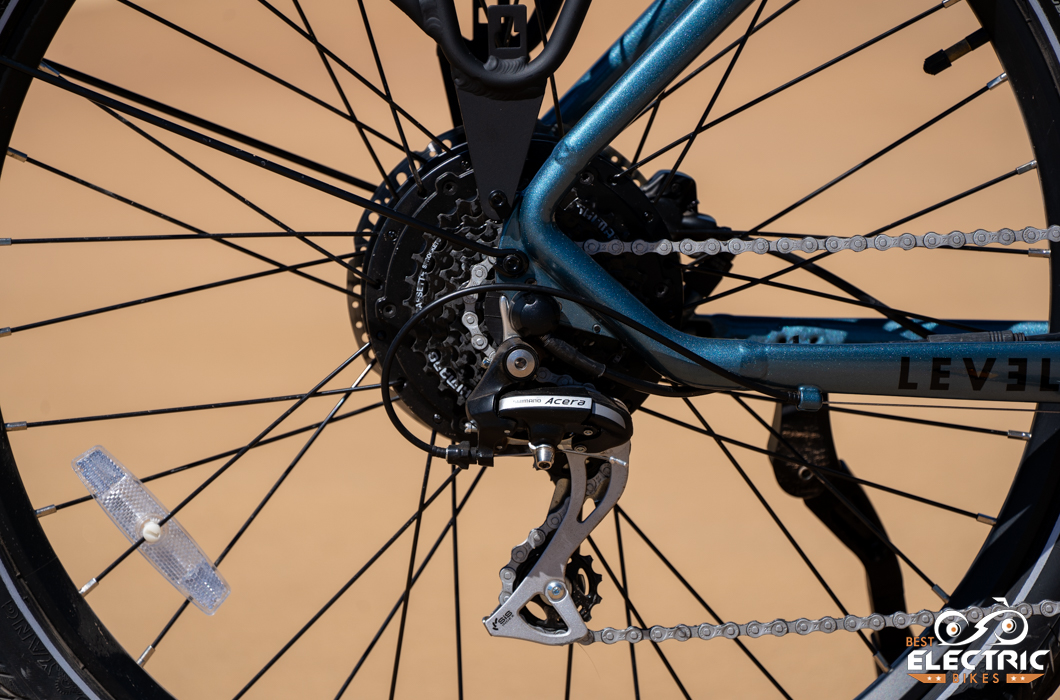
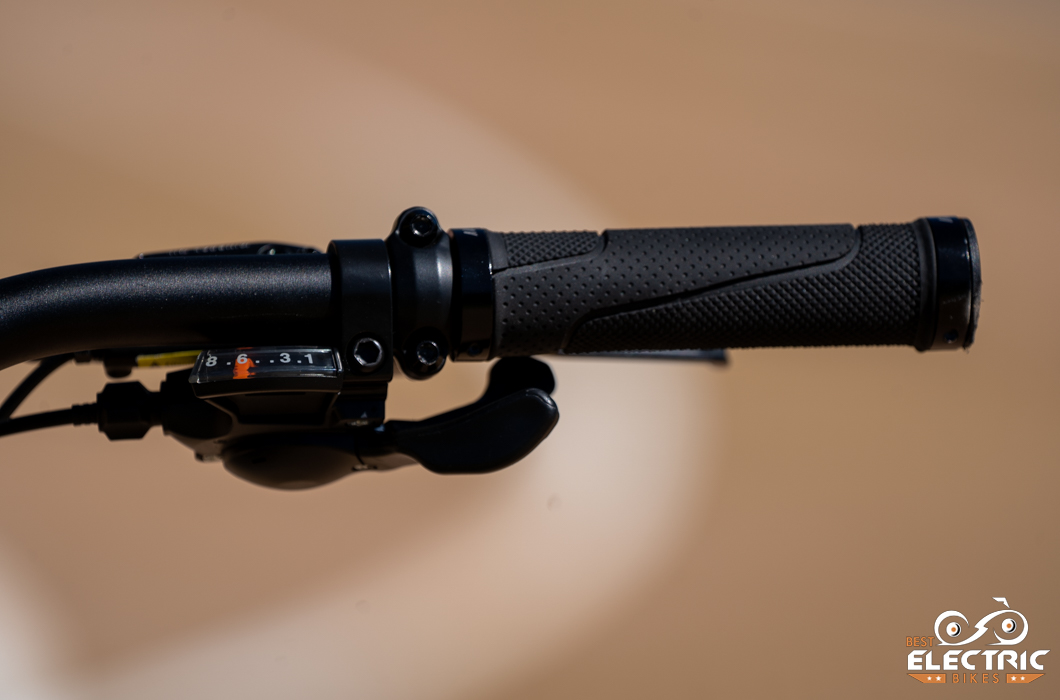
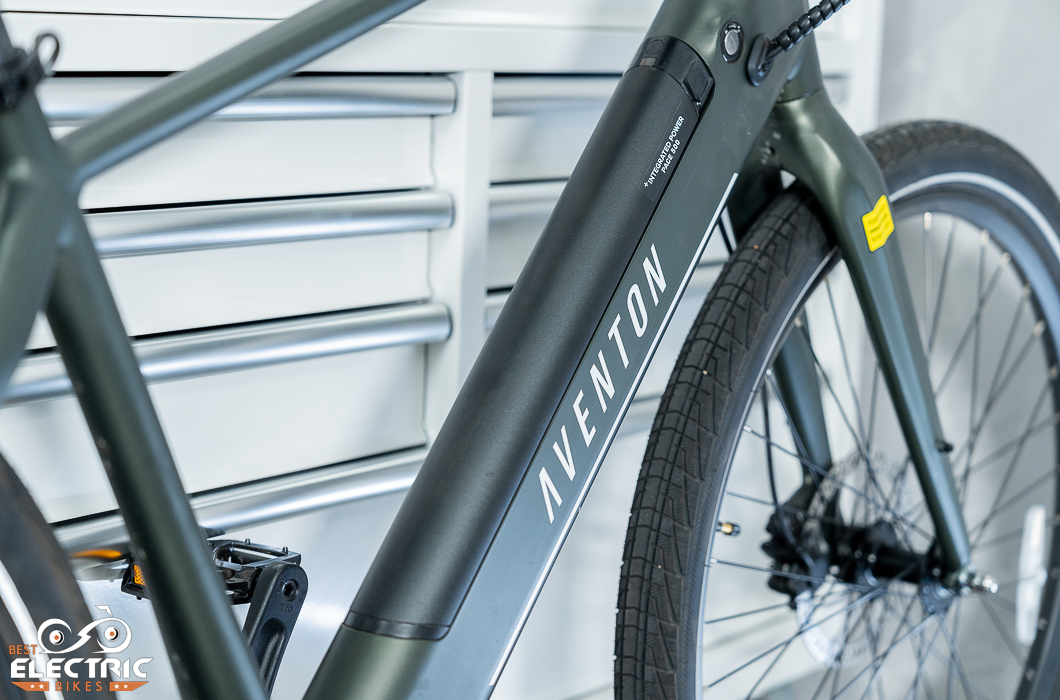
What we like about the Aventon Pace 500.3:
- 500W hub motor has enough power to achieve Class 3 speeds
- Relatively lightweight for a hub-motor e-bike at 52 lbs.
- Crisp, quick handling
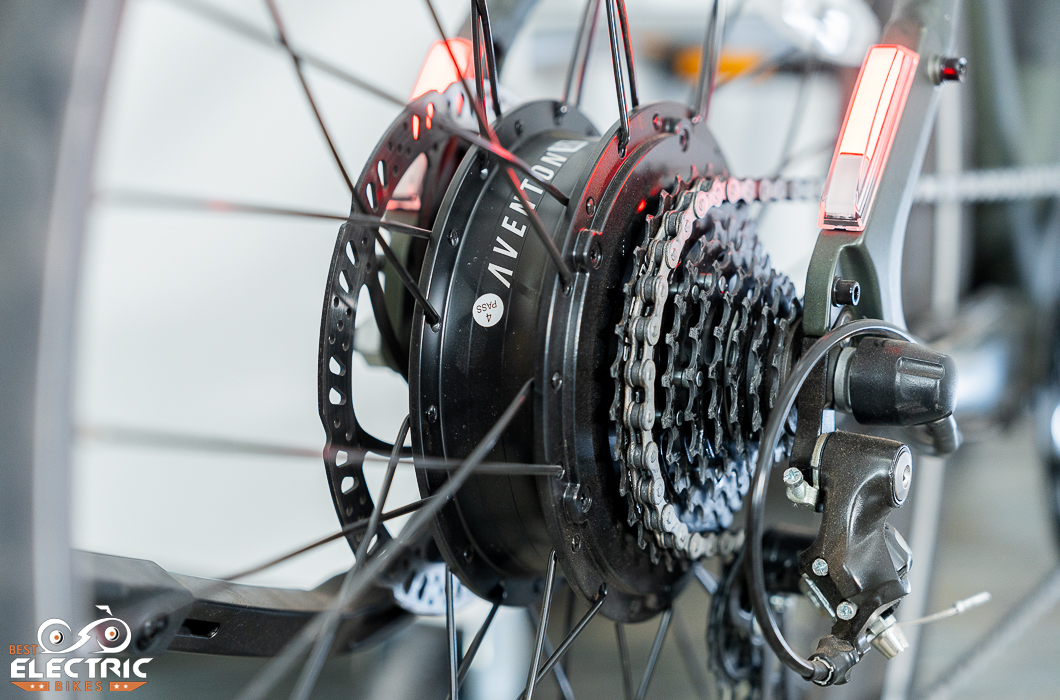
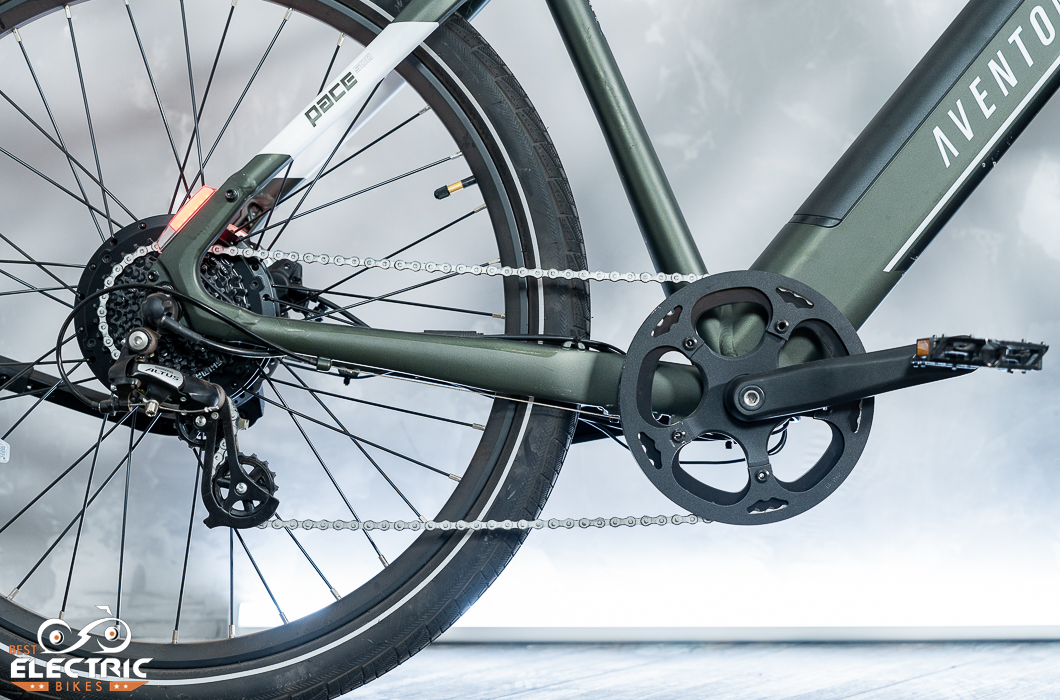
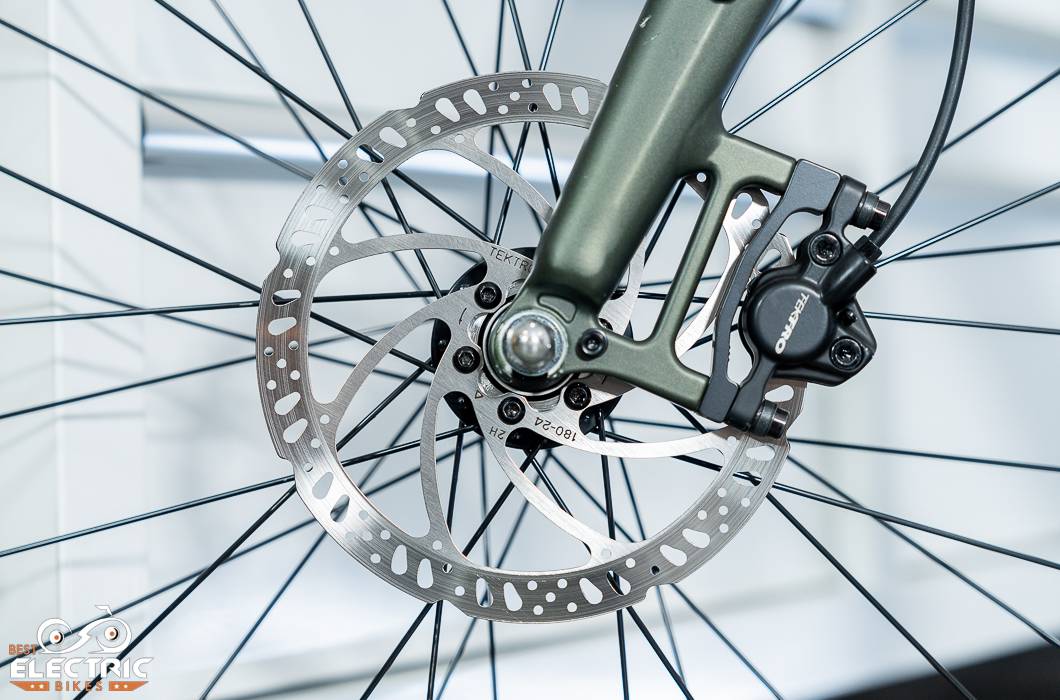
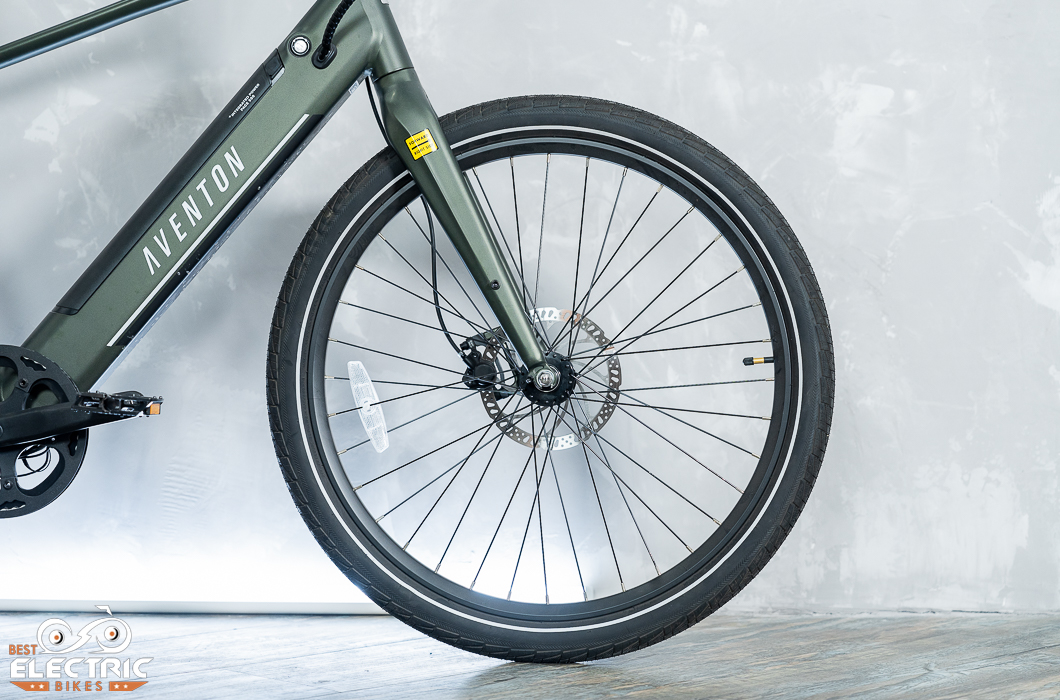
Read our review of Aventon Level.2 | Read our review of Aventon Pace 500.3
Conclusion
The shoppers most likely to be wrestling to decide between the Aventon Level.2 and the Aventon Pace 500.3 will be more active sorts. That’s due to the torque sensor. It may seem odd that a small component that isn’t even visible would make such a difference, but it fundamentally changes how the e-bike responds to the rider.
With a cadence sensor, the motor’s output is governed by the PAS level the rider select: Push a button, speed up; push another button, slow down. With a torque sensor, how hard the rider pedals dictates the motor’s output, with thousands of updates sent from the torque sensor to the controller each second. Changes are instantaneous, making the experience more hand-in-glove, more super-hero. The upshot is that e-bikes with torque sensors will appeal more to riders who want to get a workout. The person who wants to go for a ride, but doesn’t want to get sweaty is likely to better enjoy an e-bike with a cadence sensor.
From an experiential standpoint, the biggest difference between the Level.2 and the Pace 500.3 will come from the difference in weight between the two e-bikes, along with the way the different forks affect ride quality and handling.
To use an analogy, the Aventon Level.2 is a bit like a sedan. It has a comfortable ride with good acceleration. The Aventon Pace 500.3 is more like a sports car. Weighing 10 lbs. less than the Level.2, the Pace 500.3 will accelerate faster and climb quicker, and the aluminum fork won’t offer as much comfort, but it will give crisper handling and the rider will have a finer sense of the road beneath them. The Level.2 is the Toyota Corolla, while the Pace 500.3 is the Ford Mustang.
Both e-bikes come in both a traditional frame and a step-thru version, as well as two sizes per frame design, making these models fit a far broader range of rider body types than most e-bikes we review.
The shopper on a tight budget who plans to commute may find their attention toward the Level.2 thanks to the fact that it comes equipped with a rear rack and full fenders. Because both of these e-bikes have gone on sale on occasion, it’s important to check pricing. A rear rack and fenders aren’t expensive—a rear rack and fenders go for less than $100 before shipping on Aventon’s site—so they can be added easily.
As we have said in other comparisons, there is no wrong answer here. These are both terrific value e-bikes that will make for enjoyable riding.


Leave a Reply